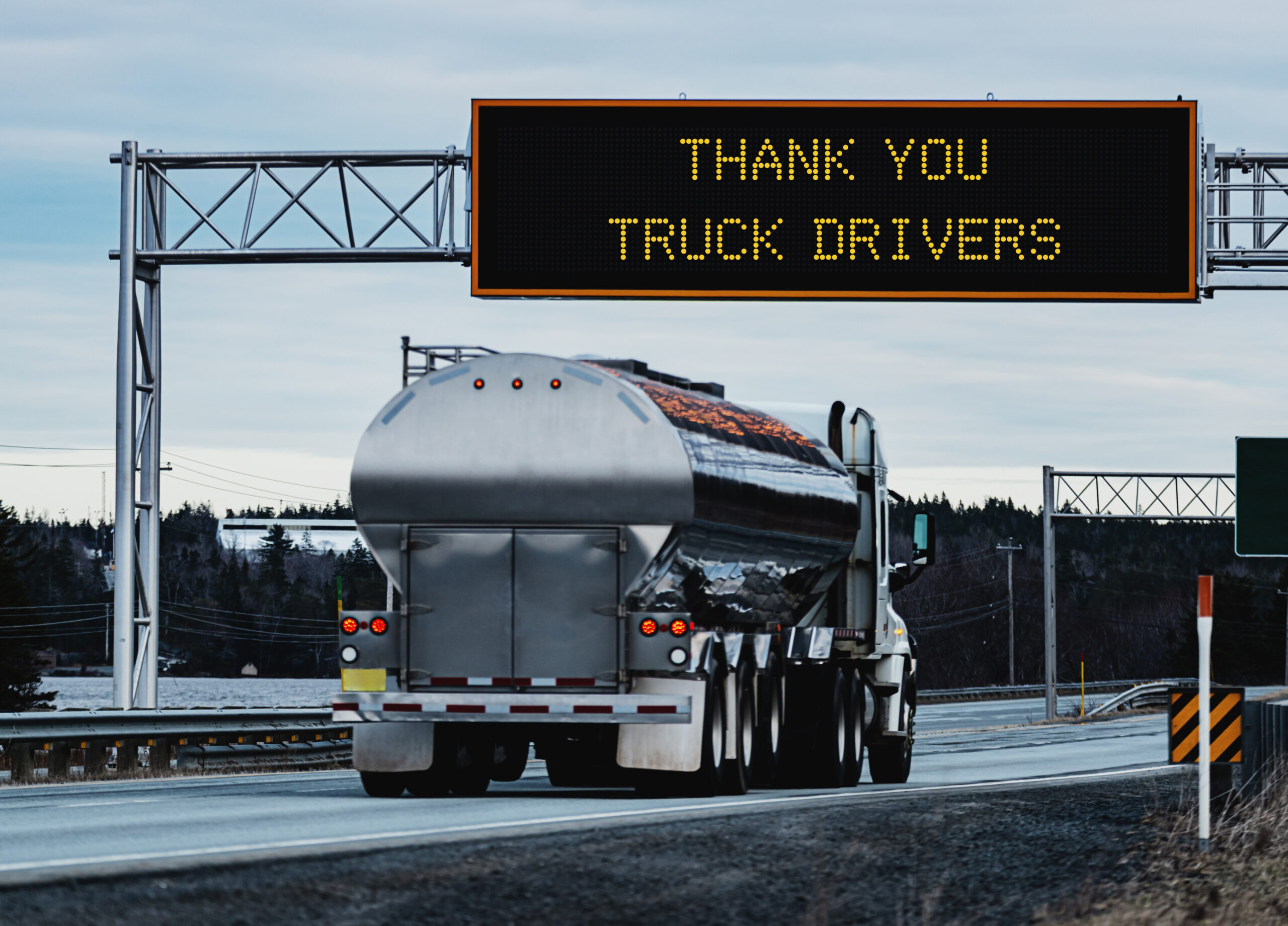Webinar Q&A: The Latest Priorities in Driver Feedback

Since February, when WorkHound added a new category of driver feedback, our team of experts has been staying on top of driver priorities during COVID-19. This has resulted in regular reporting of this data and on May 13, WorkHound hosted a driver feedback webinar to discuss the first two months of results.
WorkHound’s CEO, Max Farrell, hosted Nick Wakefield, VP of Human Resources, Driver Recruiting & Retention at USA Truck, and Charles Stallings, Jr., aka the Turntable Trucker, who Farrell rode alongside in his truck cab from Des Moines, Iowa to LA in 2015.
You can watch the full recap of the webinar here. Today we’re sharing the questions and answers from real viewers of last week’s live discussion.
Q: How will trucking be different after the pandemic?
Charles: Increased awareness of personal health and hygiene will remain high. Being aware of surroundings and simple daily tasks to be mindful of germs won’t go away. Drivers won’t be as engaged with each other in casual conversations at truck stops or shippers. We’ll be more likely to keep to ourselves to stay safe from illness. People tend to characterize truck drivers as loners, but that’s going to officially come to fruition as we’re going to continue social distancing to stay protected. The simple handshake is with the dinosaurs now. It’s gone.
Nick: As I sit back and think about trucking after all of this, I have this feeling that our drivers have done such a good job as an industry to support people through this that I have to think that it’s going to help get back that image that we needed. Trucking has needed an image overhaul for a while. People will realize that trucking is a good job and it’s a job that isn’t going to go away in a recession. We have 33 million people unemployed and I think people are going to take a harder look at a truck driving job. I’m hoping that it’s going to help us increase our driving population and drivers will receive a little more respect and space on the highway. And people will see them and feel like “truck drivers kept us fed.” And I’m hoping that’s going to be how things are different.
Q: What resources have been helpful to you and your team during this time?
Nick: We’ve been tracking the CDC for recommendations. We follow a website called RT.Live. We also follow Johns Hopkins, which offers a tracker to show what’s going on with the disease. So, we’ve been following a lot of recommendations from SHRM in terms of returning to work and to understand what to communicate with our work population and making sure we’re communicating the correct advice to workers. The biggest help we’ve had when helping drivers who are worried is using the CDC symptom tracker and making sure drivers have access to it. Leaning into the employee assistance program and using our benefit program’s teladoc. Those have been our best resources.
Q: What are your ideas for solving the issue of inconsistent policies between carriers and shippers?
Nick: We’ve been attacking it straight on with open communication. Mainly in working with our dedicated team. For example, if we have a dedicated receiver who wants to apply a testing protocol that isn’t consistent with the policy we’ve communicated with our drivers, we open lines of communication to understand what they’re trying to accomplish so we can work with them to meet in the middle. Through open dialogue, we’ve been able to work through almost every situation that has come up. But we have had to loop in our sales team when drivers have had situations and they’ve reached out to customers to provide communication. We’ve been able to work through concerns by opening up communication, helping us understand, and then working through to find a solution.
Q: Are you seeing an uptick in business as some restrictions relax around the country?
Charles: I’m starting to see a little more traffic, not a lot, but a little bit. In Iowa, things are starting to open back up. As far as traffic, nothing to wear it causes rubbernecking or back-ups. Still pretty smooth.
Q: Are drivers still coming across bathrooms and truck stops being closed? If so, how do you overcome that?
Charles: I find more problems with shippers. A lot of shippers are closing offices and available restrooms. One customer has opened up an outdoor restroom system that’s really nice. Other shippers have only put up a portapotty in 90-degree heat, which isn’t pleasant at all. But I take notes everywhere I go so I kind of know what it’s in store for the places I have to go back to. Most places try to make your visit pleasant, including offering hand sanitizer. But a lot of places don’t even want you on docks anymore. It’s at their discretion and it’s on them. You sign and go. They ask how you want to be loaded, they do it, and then you sign and go.
Q: Dr. Fauci gave some tough news this week about COVID-19 hanging around. How are drivers and others at your work responding?
Nick: Dr. Fauci isn’t an economist so not sure his statements are going to affect freight volumes. I understand his cautions, but for most of us, it’s most helpful to recognize that we need to move slowly. I know we’ve all been cooped up in our houses and we’re concerned about getting the economy going. His cautions bring me back to Aesop’s fable about the tortoise and the hair. We all know that the tortoise moved slower and that moving slower was always the better option. And if we move fast like the hair as we try to get back to work, we’re going to end up moving slower. So for us, we’re using Dr. Fauci’s comments and understanding that we need to take a slow and measured approach. We don’t need to be the first ones to reopen and we need to continue what we’re doing and that will help us weather the storm better. But for those who want to rush out there to get going, well, it didn’t work for the hair and that’s my honest approach.
Q: How many survey responses did WorkHound collect in April for the data that went into this analysis?
Max: 3297 comments explicitly mentioned COVID-19. This represented 23% of all comments for the month of April.
If you have any additional questions following the May 13 webinar, reach out to our experts. We’re glad to discuss and share our insights with you.
Let's Build Better Workplaces Together
Revolutionize your company culture and your worker retention rates by improving communication and engagement.
Book a Demo

